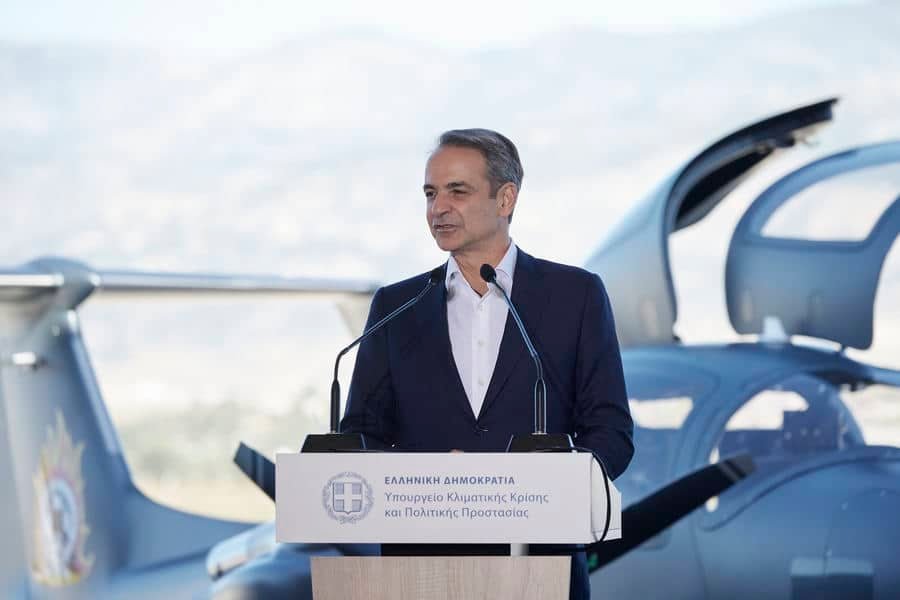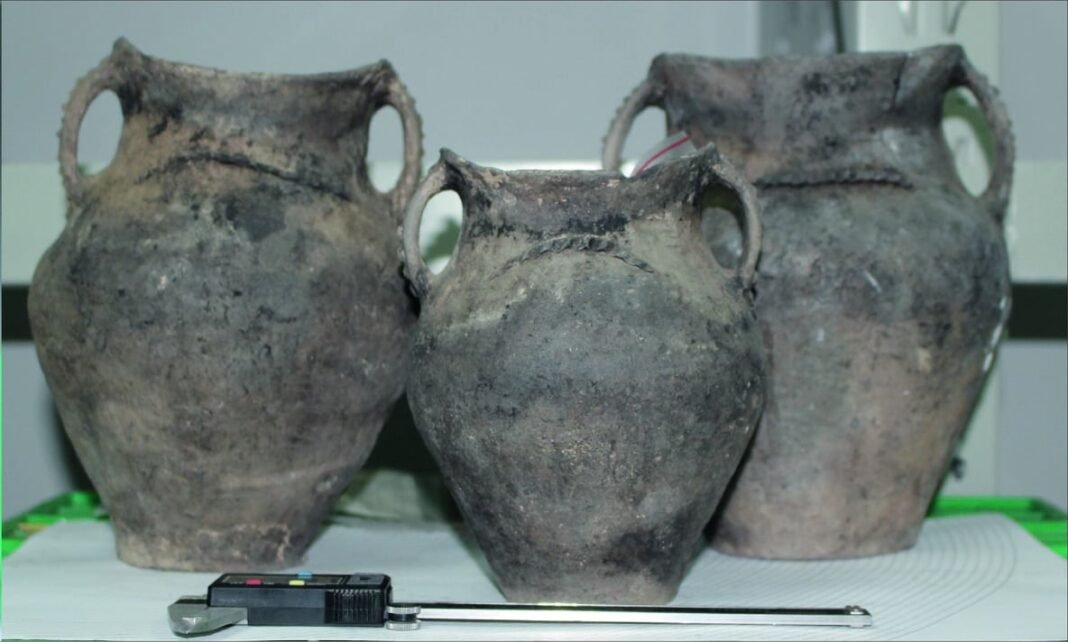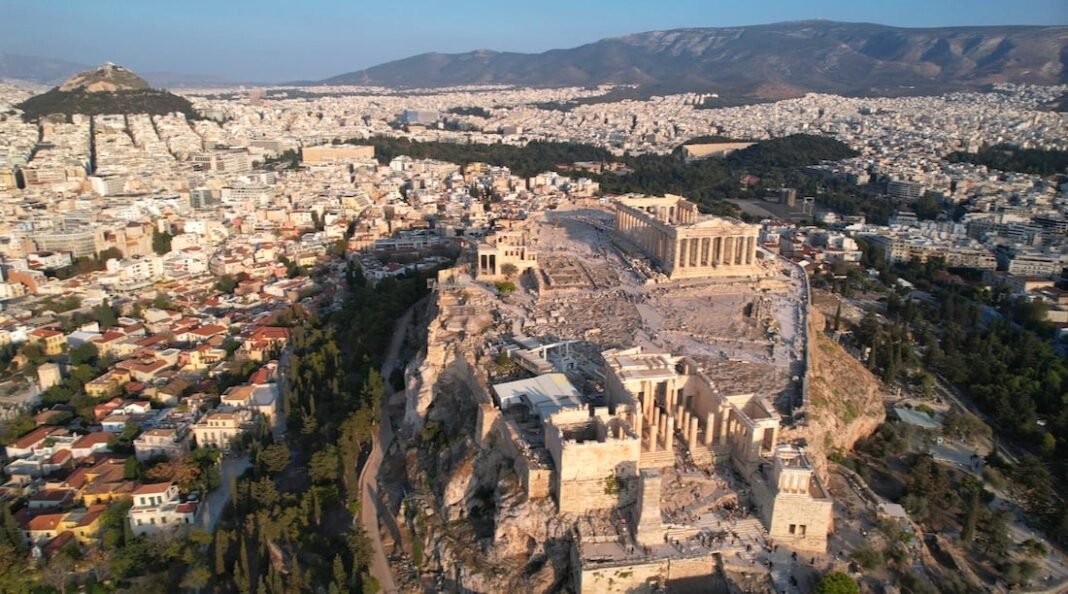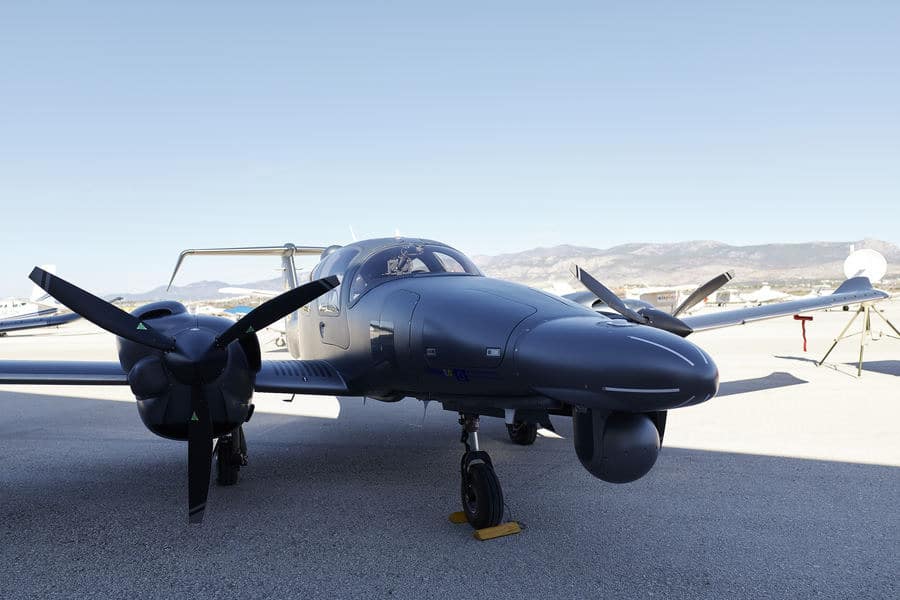
Greece has expanded its Civil Protection fleet with three Diamond 62 MPP aircrafts, enhancing the Hellenic Fire Service’s operational reach from the air. Assigned to the Ministry of Climate Crisis and Civil Protection, these aircrafts are designed to serve as airborne hubs for coordination, surveillance, and data collection, supported by advanced electro-optical technology and satellite communications.
The acquisition is part of the “Greece 2.0” National Recovery and Resilience Plan and is funded through the European Union’s NextGenerationEU initiative. With their arrival, Greece aims to improve its capacity for early detection, real-time monitoring, and rapid response across the full spectrum of Civil Protection operations—particularly during wildfire season.
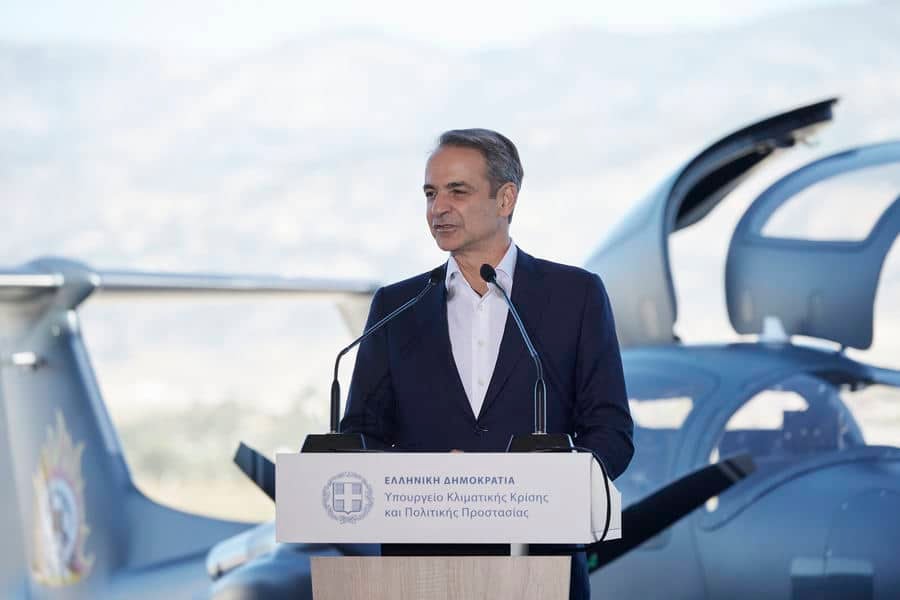
Capabilities built for complex missions
The Diamond 62 MPP is equipped with next-generation optical, thermal, and infrared sensors, enabling it to perform Intelligence, Surveillance, and Reconnaissance (ISR) missions over land and coastal regions.
This technology makes the aircraft suitable for monitoring forests, strengthening border surveillance, and supporting search-and-rescue efforts.
Key performance features include:
- A flight range that can exceed 1,500 km
- More than seven hours of endurance, allowing extended operations without refueling
- Remarkably low fuel consumption, making it both cost-effective and environmentally efficient
For context:
- A medium helicopter typically uses about 600 liters of fuel per hour
- A small 19-seat aircraft burns around 700 liters per hour
- The Diamond 62 MPP consumes roughly 40 liters per hour
Cost efficiency adds strategic alue
Beyond its technical capabilities, the aircraft’s operational cost is a major advantage. While flight-hour expenses for many aerial platforms in emergency response can range from €2,000 ($2,327) to over €10,000 ($11.637), the Diamond 62 MPP operates at approximately €500–€700 ($ 581 – $814) per hour. This makes it an ideal platform for frequent patrols, long-duration missions, and continuous monitoring operations.

Real-Time data for better decision-making
A critical component of the new fleet is its real-time data link. Information collected during missions—such as thermal imaging and live video—is transmitted directly to the ministry’s operations center.
This gives authorities an immediate and accurate view of emerging situations, helping guide faster and more informed decisions during wildfires, search-and-rescue operations, and other emergency scenarios.
By integrating the Diamond 62 MPP into its Civil Protection arsenal, Greece takes a significant step toward modernizing its airborne emergency capabilities, improving situational awareness, and strengthening national preparedness for future crises.
